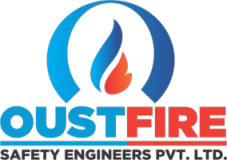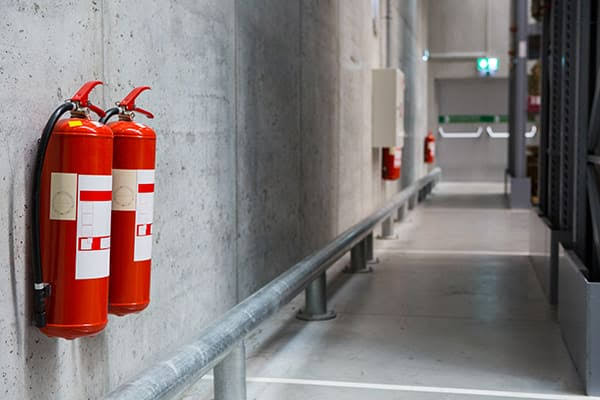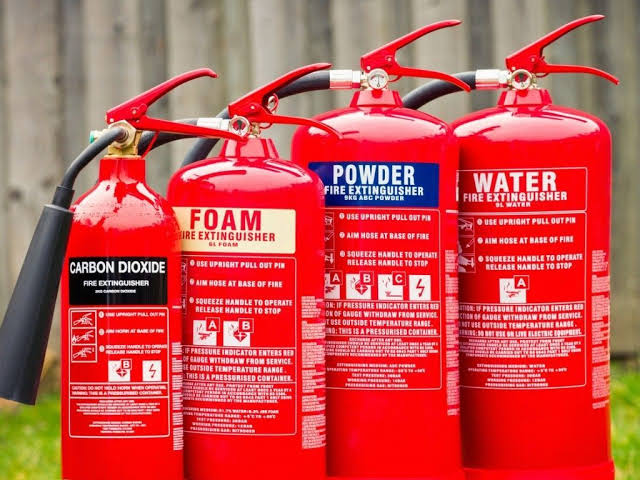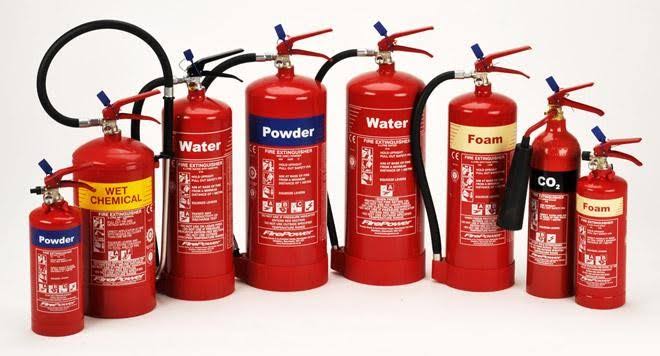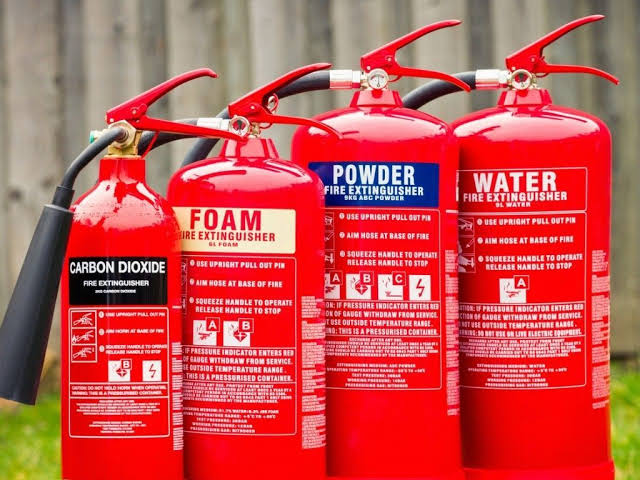Not only is it smart to keep fire extinguishers in your home, it’s also the law in many states.
It's important to make sure you have the right types of fire extinguishers on hand to put out common household fires. Fire extinguisher safety tips to learn how to stay safe and don't forget to make sure you have the right coverage if your home sustains fire damage.
Getting started with fire extinguishers
The first thing to do when choosing a fire extinguisher is to decide which rooms in your house need one. You should keep at least one on each level of your house. Make sure you keep fire extinguishers handy where fires are more likely to start, like in the kitchen and garage.
Understanding fire extinguisher classes
There are four classes of fire extinguishers – A, B, C and D – and each class can put out a different type of fire.
- Class A extinguishers will put out fires in ordinary combustibles such as wood and paper
- Class B extinguishers are for use on flammable liquids like grease, gasoline and oil
- Class C extinguishers are suitable for use only on electrically energized fires
- Class D extinguishers are designed for use on flammable metals
Multipurpose extinguishers can be used on different types of fires and will be labeled with more than one class, like A-B, B-C or A-B-C.
Our Services
If you are in need of fire extinguisher servicing, our accredited fire engineers will attend your sites at a time convenient to you. Contact us today to arrange a visit and decide on the future course of action.
